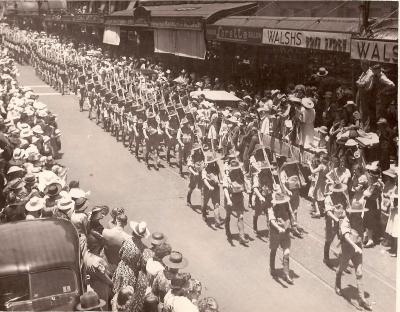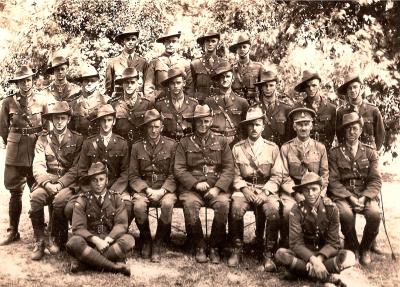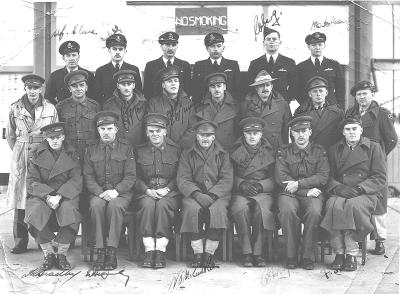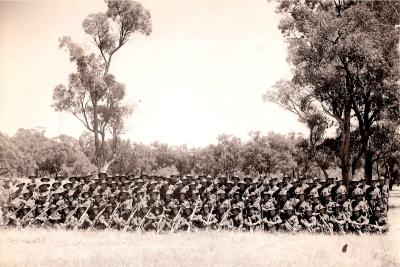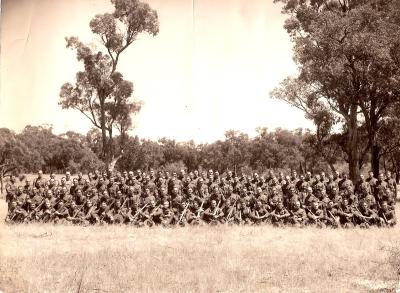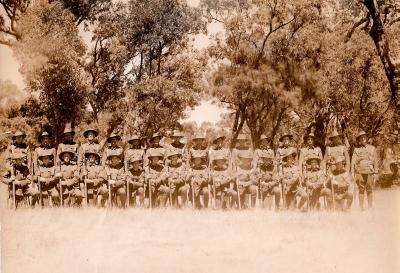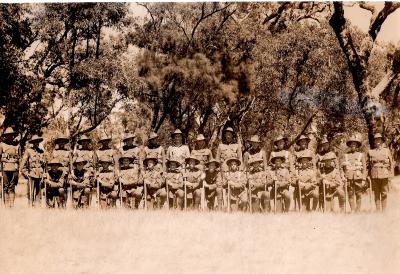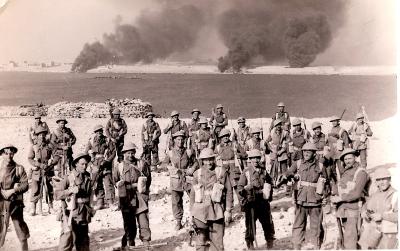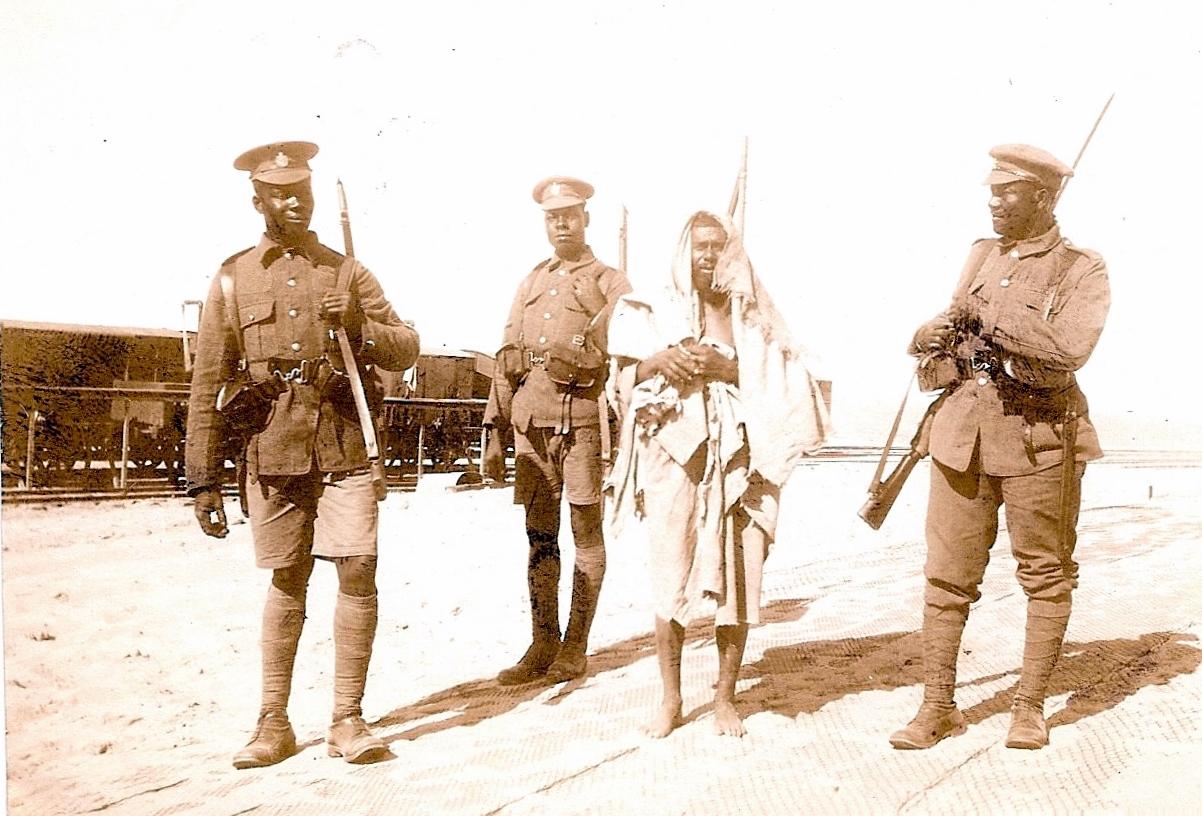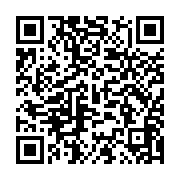World War 1, South-West Asia, Egypt, El Arish, British West Indies Regiment, 1918
1918West Indies soldiers with Bedouin prisoner, outside hospital El Arish
During the First World War, the British West Indies Regiment enlisted over 16,000 officers and men from the West Indies, the Bahamas, British Honduras and the West Indian community in Panama. Around 1200 West Indians served with the West India Regiment and perhaps a further 1000 enlisted in other British Army units. West Indians also saw wartime service in the Royal Navy, British merchant fleet and in medical services as doctors and nursing staff.
Some West Indians sailed directly to the United Kingdom to enlist, where they were often rejected by recruiting officers as military and civil law was unclear whether West Indians should be regarded as British subjects, aliens or ‘negroes’. Subsequent discussions between the War Office and the Colonial Office and a conversation between George V and Lord Kitchener, Secretary for War, resulted in the acceptance of West Indian war contingents. The British West Indies Regiment (BWIR) was created in October 1915 and by the spring of 1916 two battalions had arrived in Egypt following initial training in Seaford on the south coast of England. Twelve BWIR battalions had been formed by the end of the war.
Although designated as an infantry regiment and entitled to the same terms of service as other British regiments, commanders and officials often subjected the BWIR to the inferior conditions dictated for ‘native’ corps. The medical care and recreational facilities offered to West Indian troops was often inferior as a result and pay increases, granted to the British army in 1917, were withheld until protests from West Indian soldiers
All West Indians who served in the First World War were volunteers. Having enlisted to fight for the British Empire, their war service has subsequently been remembered within the causes of pan-Africanism and West Indian nationhood. More recently, particularly through community efforts and projects associated with the centenary, the memory of West Indian war service has been re-established to encourage a sense of belonging and purpose within contemporary multicultural Britain.
Details
Details
Open in Google Maps
Nearest geotagged records:
Australian Army Museum of Western Australia
Australian Army Museum of Western Australia
Other items from Australian Army Museum of Western Australia
- World War 2, Australia Western Australia Perth, 2/28 Battalion, 1940
- Interwar, Australia Western Australia, 1928
- World War 2, 1944
- World War 2, Southwest Pacific, Borneo, Balikpapan, LST1016, 1945
- World War 2, 1944
- World War 2, Australia Western Australia, 2/28 Battalion, 1941
- World War 2, Australia Western Australia, 2/28 Battalion, 1941
- World War 2, Australia Western Australia, 1941
- World War 2, Australia Western Australia, 1941
- World War 2, Australia Western Australia, 1941
- World War 2, Australia, 1940
- World War 1, Middle East, 309 BLYTHE, MM, 25 Battalion, 1916
